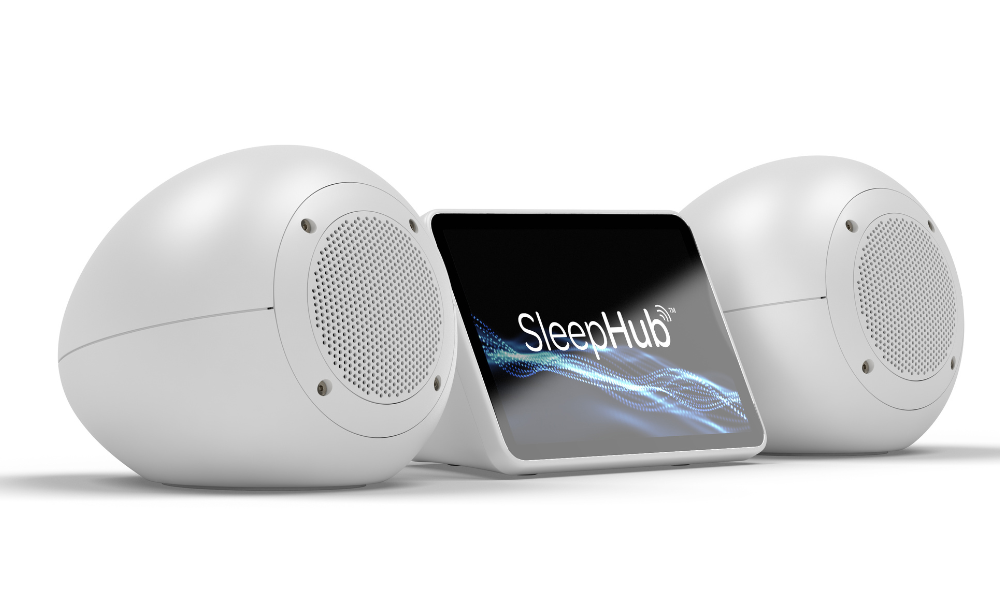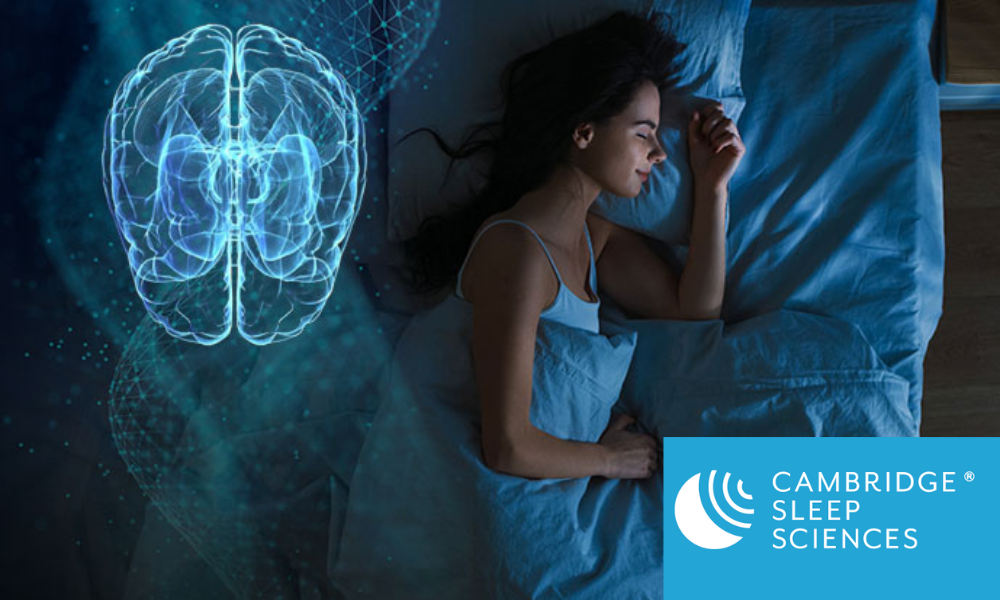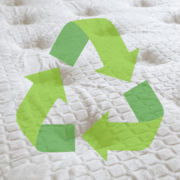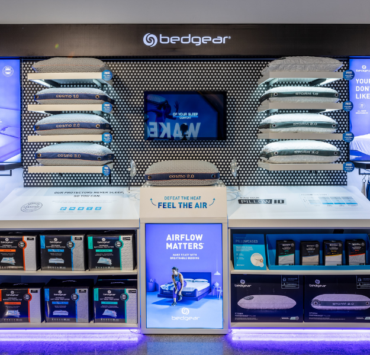When it comes to sleep technology and innovations, it’s critical to have solid research to back up the products. That’s why sleep technology company Cambridge Sleep Sciences has initiated several studies on its SleepEngine system. And it has found encouraging results.
SleepEngine works by delivering a scientifically developed sequence of soundwaves, using binaural beats. They help to retrain the brain and restore healthy natural sleep patterns.
The solution is intended to help combat insomnia and poor sleep patterns that can lead to a range of health problems. To back up the science, a study was conducted in 2016 where people used the SleepEngine to fall asleep. Participants in the trial were experiencing insomnia for three months or more.
That study found that 92% of participants experienced an improvement in their sleep quality and an average increase in time asleep of 155 minutes.
The latest trial results, published just a few months ago, support the first unpublished trial in 2016 of the SleepEngine technology in a prototype SleepHub device. The latest trial results also reflect the anecdotal feedback received from worldwide users of the SleepHub device while the product has been in the market for the past four years.
“The biggest takeaway is that every participant in this second trial experienced improved sleep, which validated the top-level findings from the first trial,” says Andy King, head of marketing for Cambridge Sleep Sciences.

The trial consisted of 19 adult participants with self-reported insomnia for more than six months who used a SleepHub device featuring the SleepEngine technology for a period of 12 weeks. Their sleep quality was measured using a sleep diary and the globally respected Pittsburgh Sleep Quality Index rating scale ranging 0-21, where higher scores indicate poorer sleep quality and a change of 3 points is considered significant.
From a baseline score of 11.21, the PSQI decreased by a statistically and clinically significant level of 4.21 (p<0.001) to a score of 7, indicating a substantial impact on sleep quality, taking trial participants from the moderate to mild sleep difficulty range.
During the eight-week washout phase, where the technology was no longer being used, its impact was still experienced with the PSQI score decreasing further by 1.28 (p<0.012) to 5.72. Most participants said they would want to use the SleepHub device again once the trial had finished.
Sleep sounds
Different types of binaural beats can be found on YouTube and various streaming services, but what makes SleepEngine technology different is that it uses patented algorithms that have all been created at a frequency of just below 100 hertz. They are specially crafted to affect parts of your brain that affect sleep so it can retrain your brain for better sleep.
“We’ve created sound waves for a range of different sleep programs and times,” says King. “There are programs for a full eight hours and we even have a power-nap sound. There are two sets of sounds. One is the binaural beats — we call those the sleep sounds — and they do the main work of retraining your brain. You can run that optional soundscape alongside that sound as well.”
He also explains that the sounds don’t have to be loud and intrusive; they just have to be on the edge of your hearing.
From here, King says the company will continue to analyze the results and plan to present at the World Sleep Congress in Singapore with more details about the results.
“Whether it’s mattress manufacturers, pillow manufacturers or even retailers, the fact that we have that trial data and that scientific evidence is proving to be important, particularly as they’re looking to use technology as a differentiator,” King says. “And underpinning that with those kinds of scientific messages of proven technology is adding real value to those businesses.”
SleepEngine technology is now being integrated into a range of brands via partnerships that allow the SleepEngine to be built right into a mattress or pillow. And that’s where one of the biggest opportunities lies.
“We have a model where we license our technology, and we’re speaking with a number of mattress and pillow manufacturers to incorporate the technology into their products,” King says. “We’re finalizing those channels to market at the moment in the U.S., and within the next couple of months they will be in the market and available for people to buy through various retailers.”




